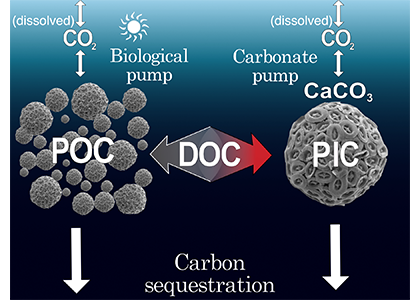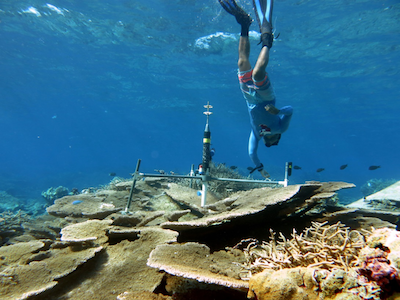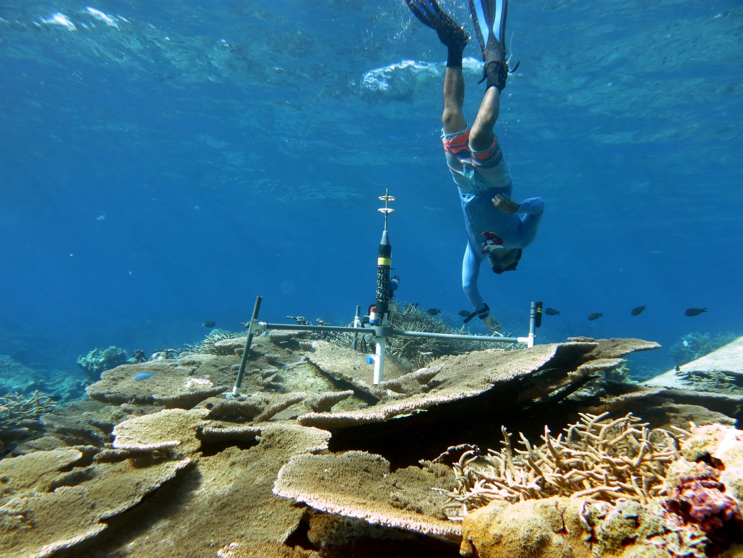Coccolithophores have survived several major extinction events over geologic time. The most significant was the asteroid impact at the K/T boundary, followed by months of darkness. Additionally, coccolithophores regularly reside in the twilight zone, just beyond the reach of sunlight. A paper recently published in the New Phytologist addresses how these photosynthetic algae can persist and grow, albeit slowly, in darkness using osmotrophy.
The authors discovered that the osmotrophic uptake of certain types of dissolved organic carbon (DOC) can support survival in low light. They completed a 30-day darkness experiment to determine how the concentration of several DOC compounds affects growth. The coccolithophore species Cruciplacolithus neohelis growth rate increased with the increasing concentration of dissolved organic compounds. They also examined the kinetics of short-term uptake of radiolabeled DOC compounds and found that the uptake rate generally showed Michaelis-Menten-like saturation kinetics. All radiolabeled DOC compounds were incorporated into the POC fraction, but surprisingly also into the particulate inorganic carbon (PIC) fraction (i.e., calcite coccoliths).
These results suggest that osmotrophic uptake in coccolithophores may be significant enough to be included in carbon cycle models, especially if they can simultaneously take up a wide range of organic compounds. Surprisingly, we detected 14C-DOC in the PIC fraction after only 24 hours. This remarkably rapid incorporation is most likely due to the respiration of radiolabeled DOC into dissolved inorganic carbon (DIC), subsequently used by coccolithophores for calcification. These results have implications for the biological carbon pump and alkalinity pump paradigms, as we confirmed that both POC and PIC originate from DOC on short time scales.







